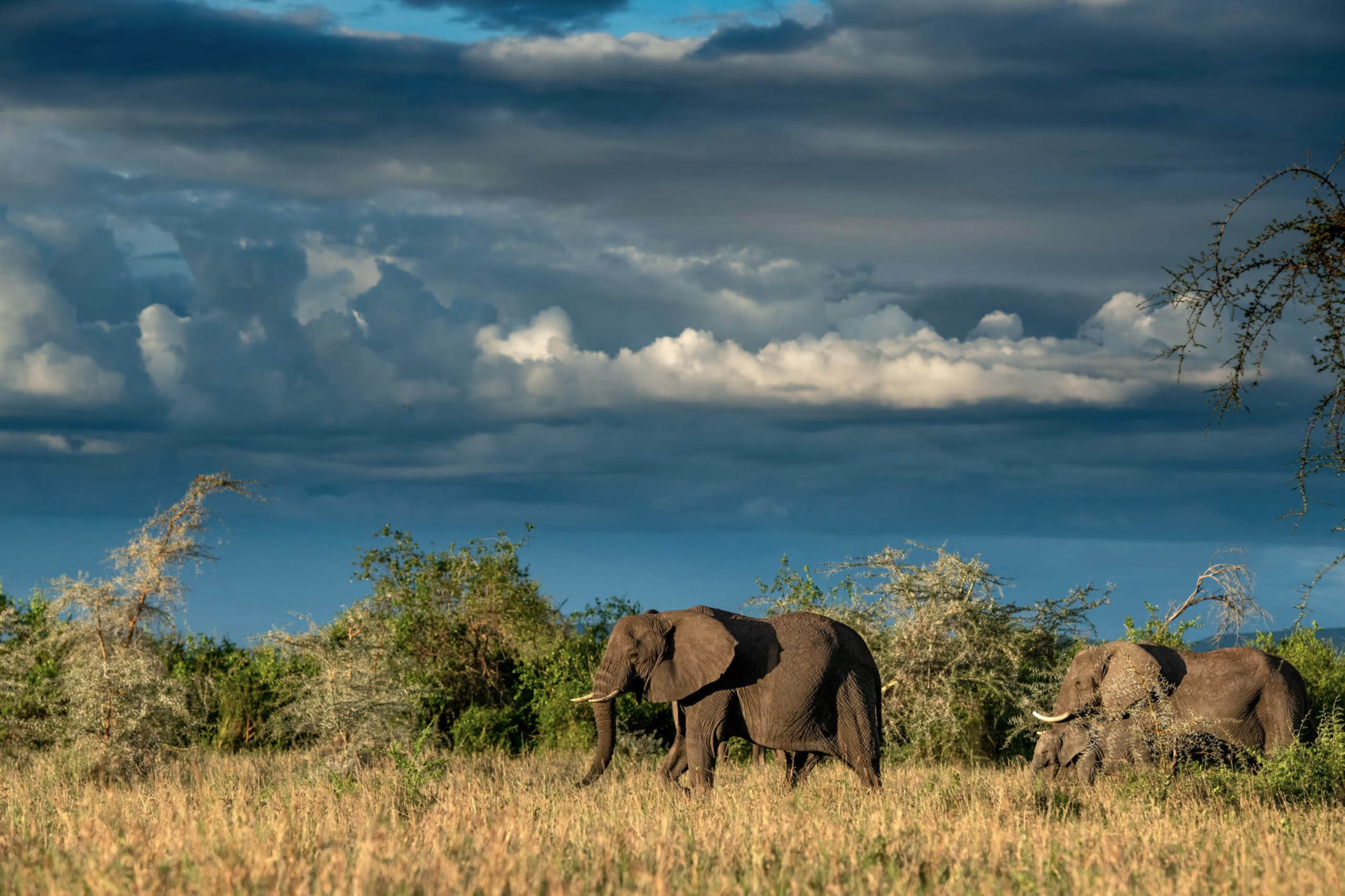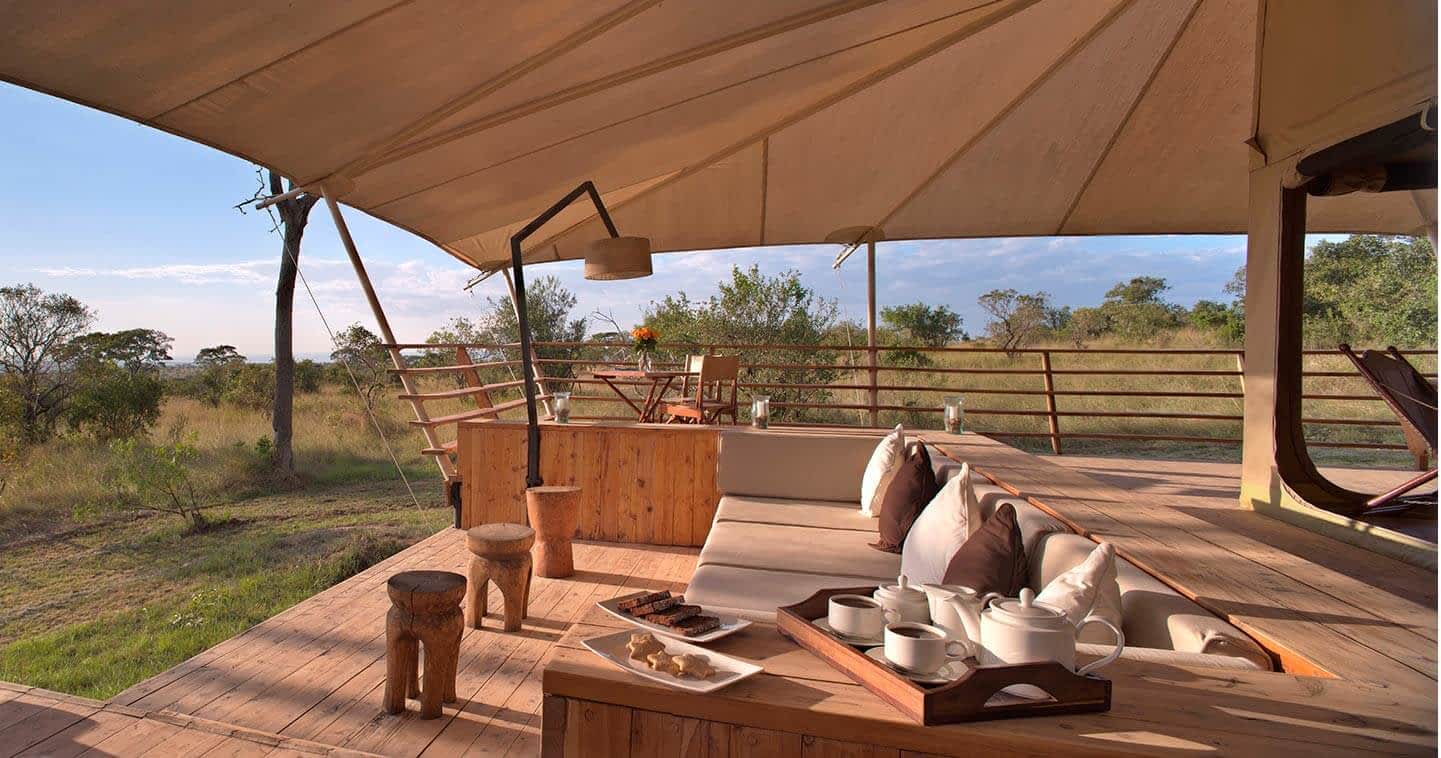Serengeti National Park
Serengeti National Park is one of the perfect destinations on Earth to go on a safari to view animals is the Serengeti National Park, which is also a UNESCO World Heritage site. Another name for it is the wildlife hub. This park is located close to Tanzania’s Kenyan border in the northwest of the country. It connects to the Maasai Mara National Reserve in Kenya to the north. The Ngorongoro Conservation Area is to the southeast of the Serengeti National Park, while Maswa Game Reserve is to the southwest, the Ikorongo and Gumet Game Reserves are to the northeast, and the Loliondo Game Control Area is to the east. Tanzania’s most popular safari destination is Serengeti National Park. Its 14,763 square km are composed of forests, riverine woodland, savannah, and grasslands. The Serengeti National Park, which consists of endless rolling plains known as “siringet” a Maasai phrase meaning “never-ending plains” or “the place where the land flows forever” is an accurate portrayal of an African wildlife safari location.
Attractions in Serengeti National Park.
Animal species.
One of the best destinations in Tanzania in the world to go on a Tanzania wildlife safari is the Serengeti National Park. Numerous mammal species, including the “big five,” as well as carnivores, primates, and reptiles can be found there. Aardvark, aardwolf, bat-eared fox, ground pangolin, crested porcupine, three species of hyraxes, cape hare, fringe-eared oryxes, greater kudus, giraffes, impalas, warthogs, buffaloes, rhinos, topis, elands, coke’s hartebeests, giraffes, and many more animals can be found in the Serengeti National Park. Numerous diverse species of reptiles can be found in the Serengeti National Park, including puff Ander, black mambas, African pythons, crocodiles, and leopard tortoises.

Bird species.
Over 500 different bird species can be spotted in Tanzania’s Serengeti National Park, making it one of the premier safari destinations for bird watching safaris. Some of these species include the Ashy starling, crowned cranes, helmeted guinea fowls, southern ground hornbill, kori bustards, secretary birds, small finches, Hartlaub’s turaco, and Maasai ostrich.
Wildebeest migration.
One of the world’s seven natural wonders, the wildebeest migration is the main reason most people visit Serengeti National Park. The majority of the year is spent in Serengeti National Park, where approximately 1.5 million wildebeests and hundreds of thousands of herbivores travel through the Serengeti ecosystem in a cycle. It’s referred to as the “great wildebeest migration.” A top safari attraction in Serengeti National Park is witnessing animals traverse Grumeti and Mara Rivers while under attack from predators on route to Kenya’s Maasai Mara National Reserve. Among the most well-known scenes in the park is this one. Seeing the wildebeest migration is one of the most well-liked safari activities in Serengeti National Park.
Safari activities to do in Serengeti National Park.
Game drives.
Taking a game drive in Tanzania’s Serengeti National Park is one of the most popular safari activities. The park’s four main regions the central Serengeti, the northern Serengeti, Grumeti and the western corridor, and Seronera and the south are visited during game drives in 4X4 vehicles. Game drives exist as, Take a morning game drive for a fantastic chance to see sun-loving, hunting big cats like lions, leopards, and cheetahs.
After lunch, an afternoon game drive provides the ideal opportunity to witness different animal species quenching their thirst at numerous watering spots, making for an amazing game driving safari.
A full day of game drives offers the opportunity to explore the entire park and see a variety of creatures, including zebras, leopards, elephants, and many more.
A night game drive is the finest way to see nocturnal animals like lions, leopards, cheetahs, and many more. It is conducted in the dead of night with the help of a spot light.
A variety of animals, including lions, elephants, leopards, buffaloes, rhinos, topis, elands, coke’s hartebeests, giraffes, impalas, warthogs, and various species of antelope, including roan antelopes, common eland, bushbucks, greater kudus, fringe-eared oryxes, and dik-dik, are generally the attractions of game drives in the Serengeti National Park.
Bird watching.
One of the famous safari destinations for bird watching in Tanzania is the Serengeti National Park. With over 500 different species of birds living in its diverse ecosystem, the park is a birder’s paradise. You can go on a bird watching safari with the assistance of a knowledgeable birding safari guide, who will help you identify the stunning and colorful bird species while you have a pair of binoculars and a camera. Several bird species can be seen during a bird watching safari in the Serengeti National Park, including the Ashy starling, Kori bustards, secretary birds, Oxpeckers, small finches, Hartlaub’s turaco, crowned cranes, southern ground hornbill, black crake, lesser flamingo, and Maasai ostrich.
Although bird watching is done all year round, the best time to go bird watching is from November to April, when most birds are breeding and migratory from Europe and other parts of Africa are present in the park. Bird watching in the Serengeti National Park starts as early as 6:00 am, when the majority of birds start to wake up.
Hot air balloon safaris.
When on a Tanzania safari, hot air balloon safaris in Serengeti National Park are a breathtaking and well-known approach to view the grasslands and park attractions from above. Aerial views of the Serengeti National Park’s wilderness, populated by lions, elephants, buffaloes, cheetahs, and other magnificent creatures, are provided by this amazing safari experience. Hot air balloon safaris in the Serengeti National Park depart from authorized locations in the Seronera region as early as six in the morning. After the one- to two-hour excursion, there’s a champagne breakfast in the wilderness.
Walking safaris.
In Serengeti National Park, walking safaris are a great way to view every area of the park that isn’t accessible by safari vehicle. With this thrilling adventure, you may get up close and personal with lions, elephants, and a host of other creatures in the park’s wild sections. A game ranger and a guide provide guidance during walking safaris.
Cultural tours.
You can get a glimpse of the Maasai people’s traditional way of life by taking cultural excursions around the Serengeti National Park. The Maasai way of life is best experienced in this manner. Before the parks were established, the Maasai, a semi-nomadic people, lived in many different locations of Kenya and Tanzania. In Maasai settlements, known to the locals as “Bomas,” visitors can interact with the Maasai people, participate in their everyday activities such as cattle rearing, and enjoy indigenous theatre and dance. Along with many other things, travelers get to learn more about Maasai customs, ceremonies, and beliefs.
Where to stay in Serengeti national park.
Many safari lodges and camps are available to accommodate tourists in Serengeti National Park. These accommodations fall into three categories: luxury, midrange, and budget. Some of the lodges and camps in the Serengeti National Park are Mwiba Lodge, Lake Ndutu Luxury Tented Camp, Namiri Plains Camp, And beyond under Canvas, Sanctuary Kichakani Serengeti Camp, Olakira Camp, Serengeti Bushtops Camp, Ndutu Wilderness Camp, Woodlands Camps, Serengeti Ndutu Safari Lodge, and many more

Best time to visit Serengeti National Park.
The best time to visit Serengeti national park Tanzania is during the dry season from late June to October. This period is perfect for wildlife viewing because the vegetation is thin and animals gather around the few remaining water sources making them easier to spot. This is also when you can witness the Great Migration, with millions of wildebeest and zebras crossing Mara River, a truly spectacular event. However, for those interested in seeing the wildebeest calving season and a lush, green landscape with fewer tourists the wet season from January to March is a wonderful alternative.

